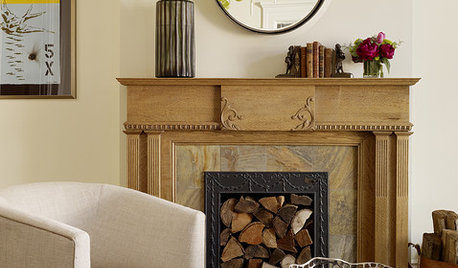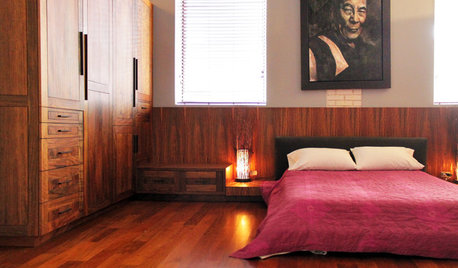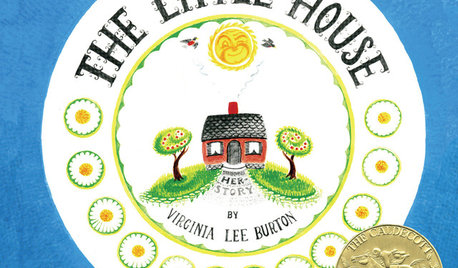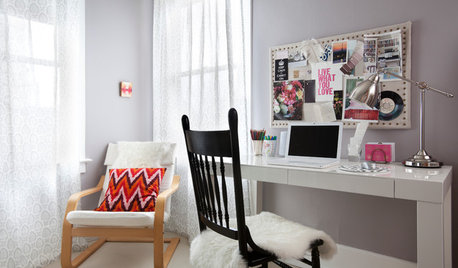confused about row spacing! help!
kawaiineko_gardener
11 years ago
Related Stories

DECORATING GUIDESDownsizing Help: Color and Scale Ideas for Comfy Compact Spaces
White walls and bitsy furniture aren’t your only options for tight spaces. Let’s revisit some decorating ‘rules’
Full Story
BASEMENTSRoom of the Day: Swank Basement Redo for a 100-Year-Old Row House
A downtown Knoxville basement goes from low-ceilinged cave to welcoming guest retreat
Full Story
GARDENING GUIDESNew Ways to Think About All That Mulch in the Garden
Before you go making a mountain out of a mulch hill, learn the facts about what your plants and soil really want
Full Story
UNIVERSAL DESIGNMy Houzz: Universal Design Helps an 8-Year-Old Feel at Home
An innovative sensory room, wide doors and hallways, and other thoughtful design moves make this Canadian home work for the whole family
Full Story
LIGHTINGWhat to Know About Switching to LED Lightbulbs
If you’ve been thinking about changing over to LEDs but aren't sure how to do it and which to buy, this story is for you
Full Story
STANDARD MEASUREMENTSThe Right Dimensions for Your Porch
Depth, width, proportion and detailing all contribute to the comfort and functionality of this transitional space
Full Story
BATHROOM DESIGNKey Measurements to Help You Design a Powder Room
Clearances, codes and coordination are critical in small spaces such as a powder room. Here’s what you should know
Full Story
Storage Help for Small Bedrooms: Beautiful Built-ins
Squeezed for space? Consider built-in cabinets, shelves and niches that hold all you need and look great too
Full Story
BOOKS11 Great Children’s Books About Home (and 2 Honorable Mentions)
Homes come in many different shapes and sizes, and these kids’ books highlight the tallest, the smallest, the oldest and the silliest
Full Story
WORKING WITH PROS10 Things Decorators Want You to Know About What They Do
They do more than pick pretty colors. Here's what decorators can do for you — and how you can help them
Full StoryMore Discussions






digdirt2
Celbrise
Related Professionals
Accokeek Landscape Architects & Landscape Designers · 70037 Landscape Architects & Landscape Designers · Brooklyn Center Landscape Architects & Landscape Designers · Burlington Landscape Contractors · Wilmington Landscape Contractors · East Lake-Orient Park Landscape Contractors · Fort Wayne Landscape Contractors · Haverhill Landscape Contractors · Madera Landscape Contractors · Methuen Landscape Contractors · Milford Mill Landscape Contractors · Mission Landscape Contractors · Paramount Landscape Contractors · Santa Ana Landscape Contractors · Glenview Driveway Installation & Maintenanceltilton
jonfrum
stuffradio
kawaiineko_gardenerOriginal Author
SoTX
jonfrum
Deborah-SC
jolj
kawaiineko_gardenerOriginal Author
digdirt2
chickenfreak
CarloMartin947
chickenfreak